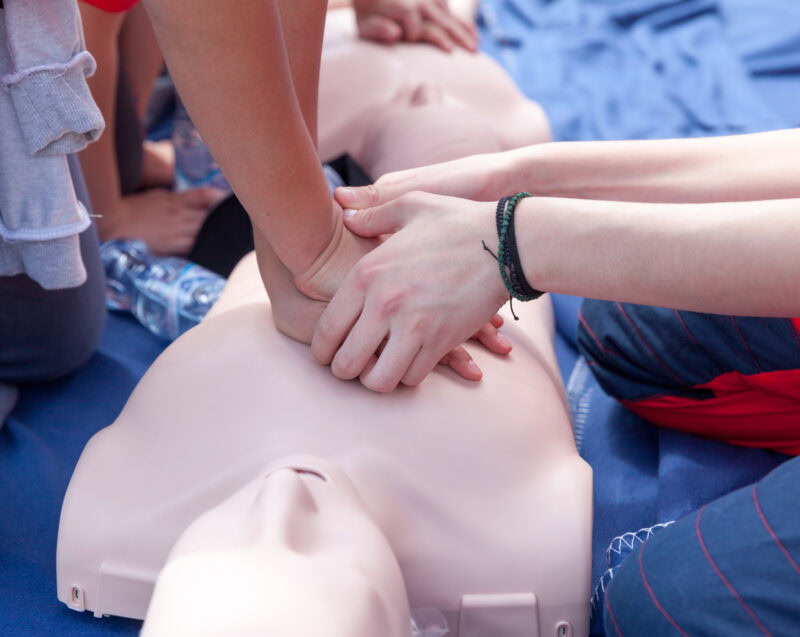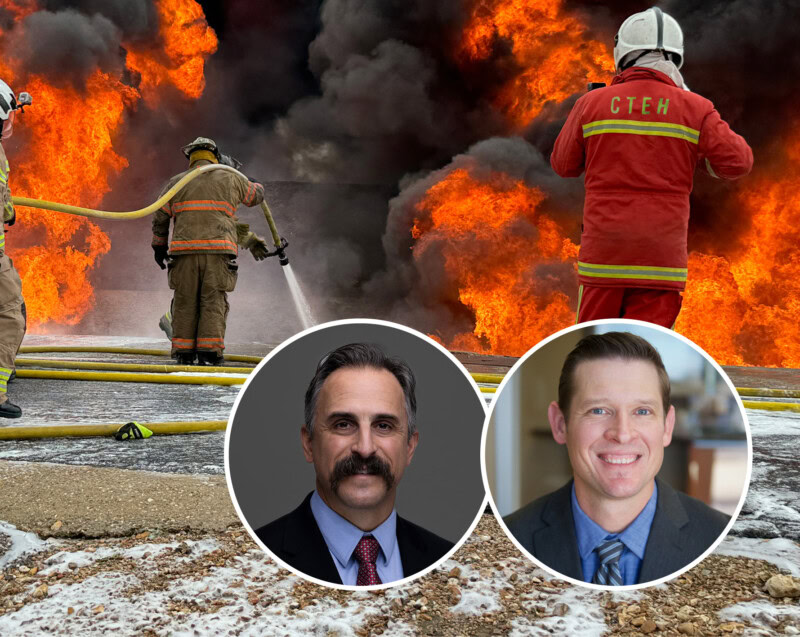By Cmdr. (Ret.) Laura Weems, CIH, CSP | Senior Industrial Hygiene Manager
During an emergency response, the safety and health of the affected community is paramount. First Responders, the personnel providing frontline emergency support services, must immediately determine if there is a threat to the public and if there should be an evacuation and/or shelter-in-place order issued. Protecting the First Responders in these instances becomes critical as time-sensitive decisions must be made with limited information. These situations are fraught with potholes for the safety professionals working to protect the responders. A balance must be achieved between the responders’ health and safety and the immediate need for action to protect the community. For example, predicting only the worst case scenario may needlessly keep responders from doing their job expeditiously, or , conversely, not taking any precautions may place them in harm’s way. Therefore, pre-planning for these types of response duties is critical to performing a successful entry.
The following 10 elements should be considered when developing a pre-incident safety plan:
- Who will conduct the initial entry into the community and what training do they need?
- What other responders will likely be on-scene and what are their capabilities, capacities and responsibilities?
- Who will likely be in charge of the situation (will it be you or the local responders)?
- What hazards can be expected and what information can be gathered beforehand? Do the responders understand Operational Risk Management?
- What is the communications plan and is it standard for all responses?
- What is the highest level of PPE the responders will don or carry with them when making an entry?
- Under what conditions should the PPE be donned? Under what conditions should the responders back out of the area?
- Will a buddy system used? How?
- If a responder becomes injured during entry, who will be performing the rescue? What actions should his/her team take?
- How will lessons learned be documented and distributed?
Once developed, this pre-plan must be combined with incident-specific information and then briefed to all responders. Pre-planning is not the complete answer to keeping First Responders safe, but it is an often forgotten starting point. The more training, preparation, and drills that can be done prior to an actual incident, the better equipped the responders will be to serve the community effectively.




